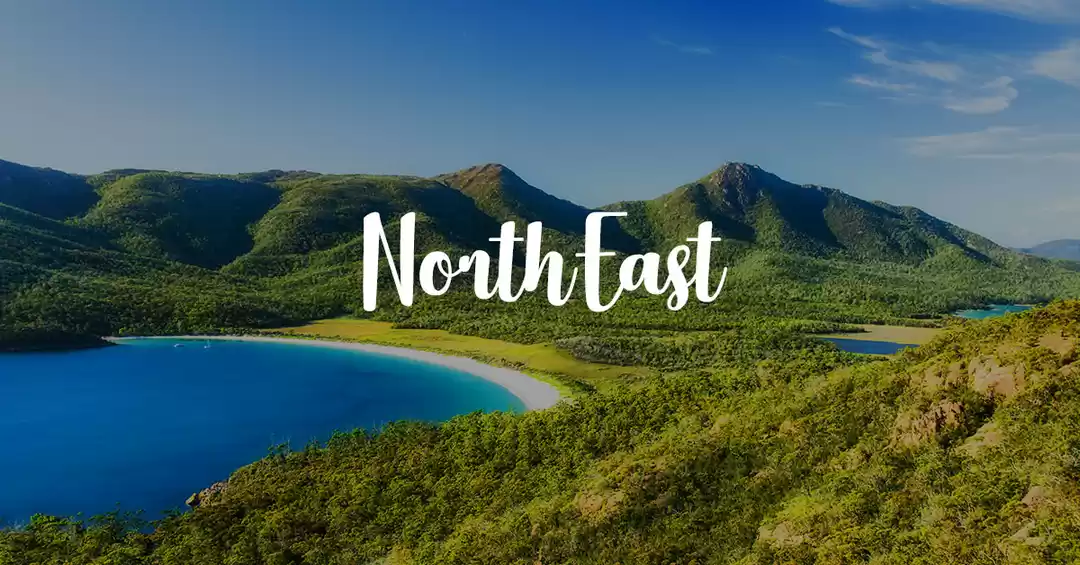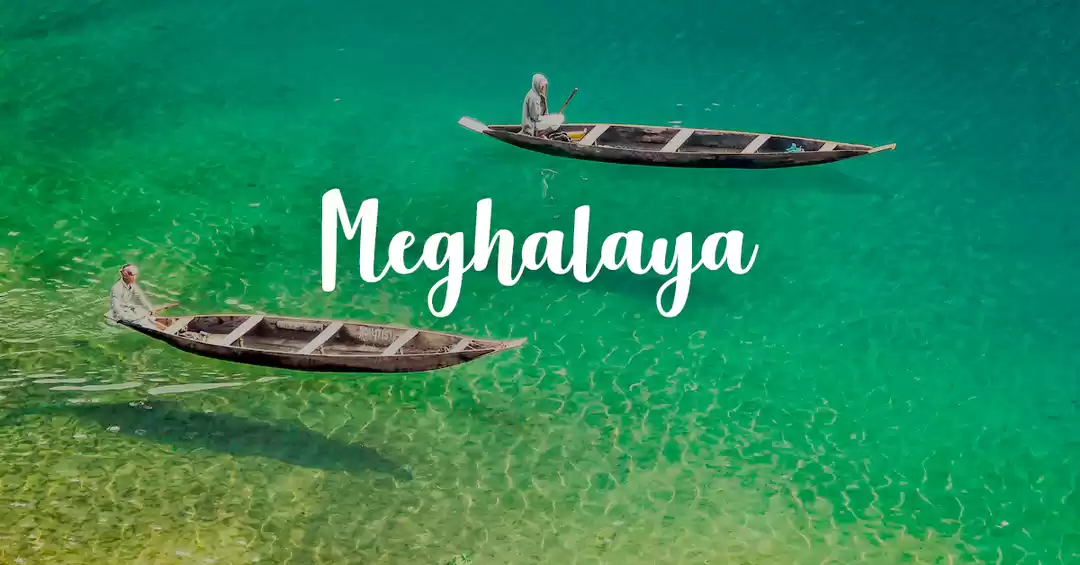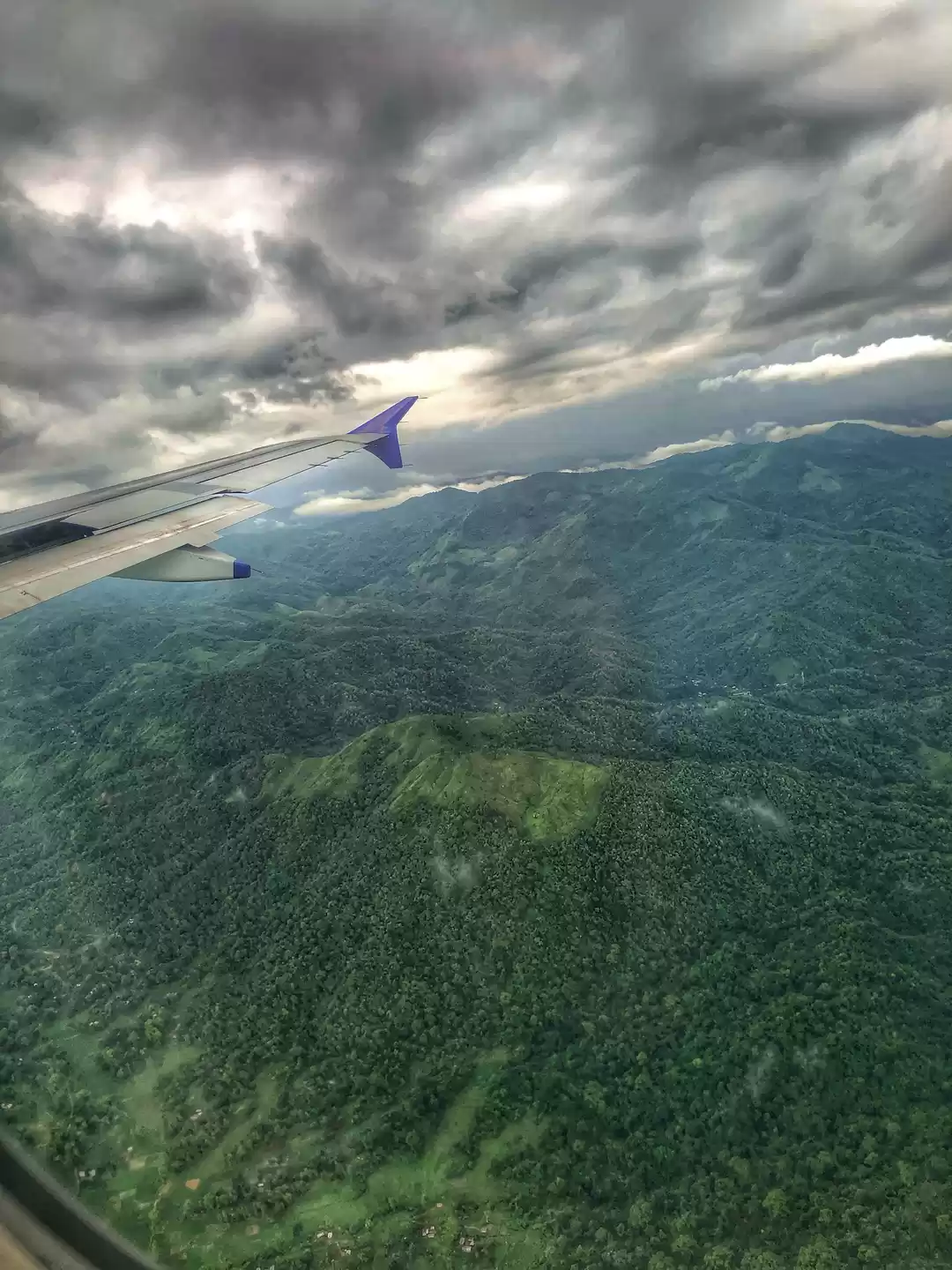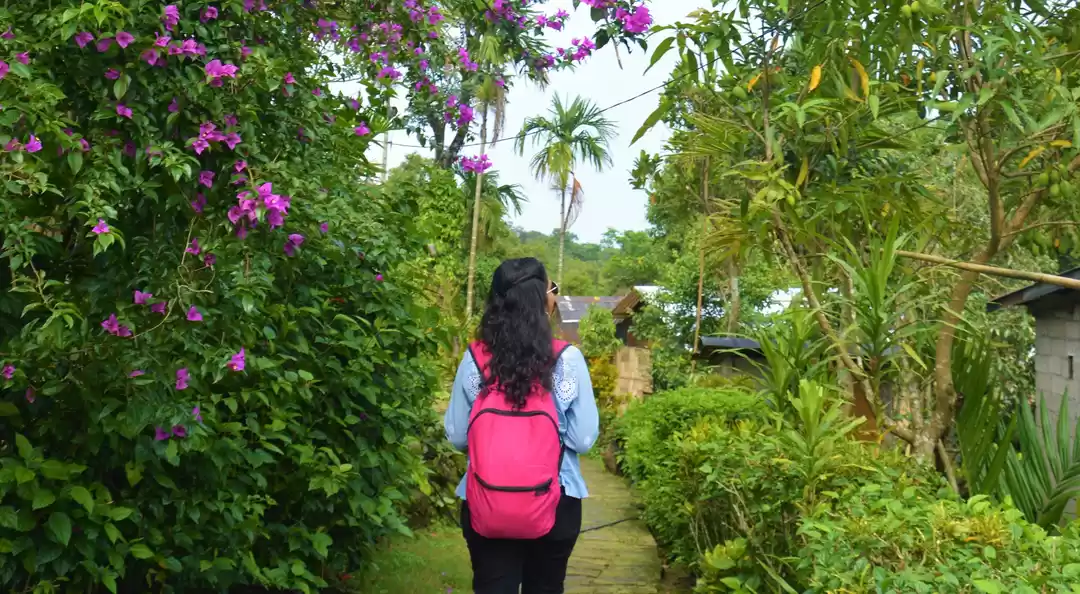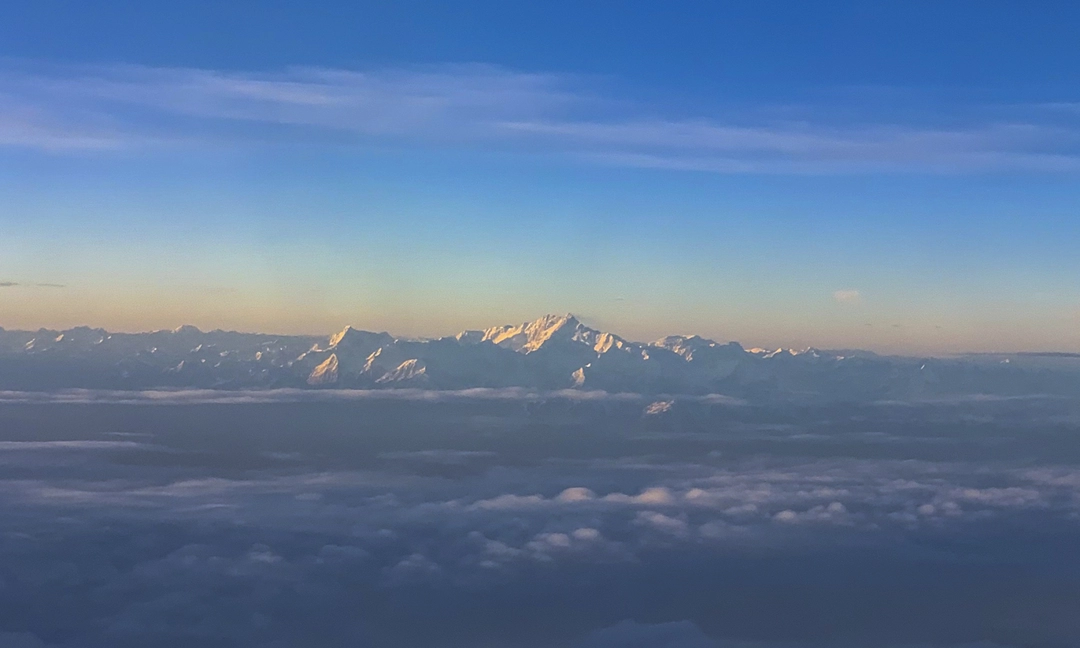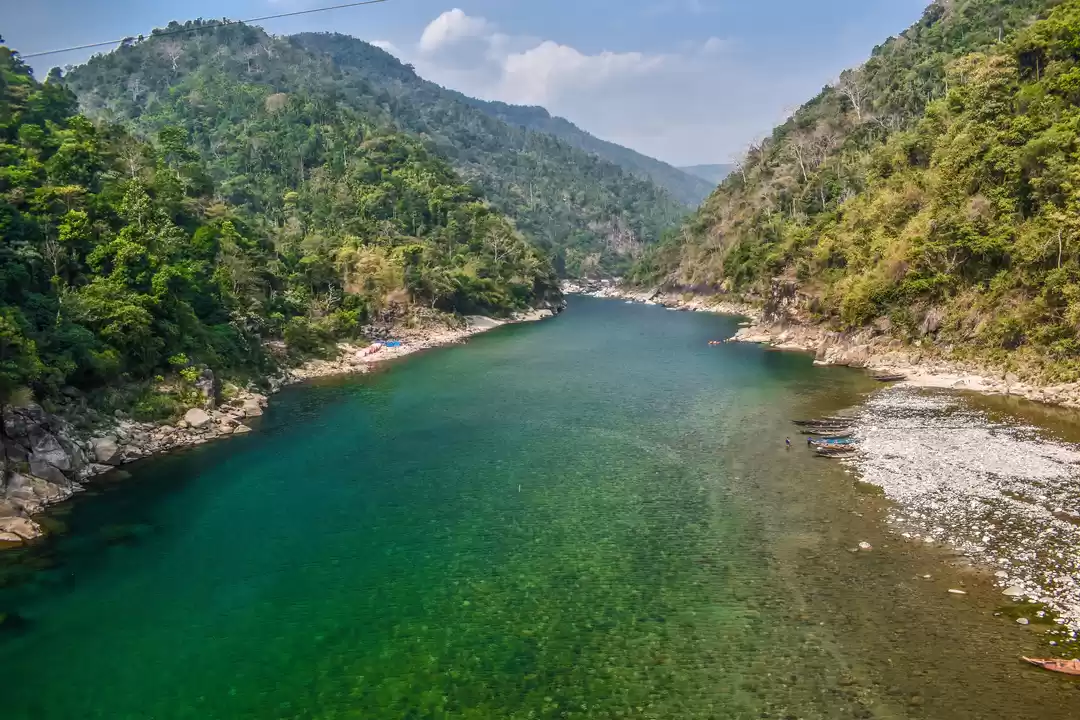
To be honest, I was just tired of visiting Meghalaya again and again and missing out the Mawphlang sacred forest from the itinerary every time. It's close to Shillong yet a little off-route if you plan to visit other popular places like Sohra, Nongriat Root Bridge, Dawki or Mawlynnong. "What's there in Mawphlang?", you may ask. Well, I can tell you all about it but you have to go there to understand a place so different. More importantly, you have to be there at the right time which is monsoons. The turn of the season and the first showers somehow convert the scenery into an HDR vision and unearth treasures of flora and fauna like you've never seen before.
I was in Mawphlang just two weeks back and monsoon was in it's last phase in this region. Mawphlang is geographically very close to Mawsynram which is supposed to be the wettest place on Earth. Quite naturally Mawphlang receives heavy rainfall too. But to get the best of this place you do not have to avoid the monsoon season. You have to embrace it!
The Mawphlang sacred forest

Let me begin by introducing a concept of a sacred grove. Just as forest reserves and wildlife sanctuaries are areas preserved by government laws, sacred groves are similarly protected regions by the community laws of tribes in various parts of India. There are numerous sacred groves in Meghalaya. Almost every tribe has sacred forest in their village. Mawphlang sacred forest is one of the biggest and more popular one in the East Khasi region.
You cannot leave or take anything from the forest. That's the rule of thumb at this holy site. The forest is preserved with strict laws overseen by the community and the guides that take visitors to the forest. In the olden days, Mawphlang Scared Grove was the designated area for worshiping the local deity Labasa of the Khasi people.
There are various local guides that you can get in touch with before your visit to Sacred forest to completely understand the local traditions related to the forest and to also get to know the rich flora and fauna of the area. Our guide was Wankhangbok who I contacted through a local organization called Cultural Pursuits.
Not Just Another Forest

As we walked through a meadow adjacent to the sacred forest, our guide pointed towards the monoliths at the entrance of the forest. I had seen these monoliths in many places during my journey across Meghalaya and when I had earlier asked the locals why they are erected every time I would get a different answer. Sometimes these monoliths are erected as a boundary, sometimes as a foundation mark of a market place and here at the entrance of the sacred forest, these monolith were erected as ritual stones. Khasi people are required to pay homage at this spot before they enter the forest. The vertically erected stone is considered masculine and horizontally laid out stone is feminine. In the old times before the men of the tribe would enter the forest for rituals, prayers would be offered at the monoliths. It is said that if the deity Labasa appeared in the form of a leopard, they would take it as a good omen and proceed. If a snake appeared instead, the rituals would not take place since it's a bad omen. Interestingly, only men with beard and mustache were allowed to perform rituals at the sacred forest and women were not allowed.
Standing at the entrance, Wankhangbok also told us that this 76.8 hectare vast forest is divided into three parts. First is Laitdyrkhang, the old part of the forest where you can see the tallest of trees which are considered as old as 1000 years. Middle part of the forest is called Phiephandi, which consists of around 40 hectares of the total forest area. It was also the area where we explored during out excursion. The last and newest part of the forest is Law Nongkynrih, which is created as an extension to protect the old sacred forest area.
Story about the king
Of all the trivias I get to hear about new places I visit, stories from the historical past interest me the most. A place as mysterious as this forest of course had an interesting story too. It is said that the people of Blah clan who moved to Mawphlang from the Jaintia Hills were the original rulers of this region. Together with other clans they formed Hima Mawphlang or The Kingdon of Mawphlang. However, after a few years the people of the clan got weary of ruling the region and decided to hand their powers over to the next worthy ruler of some other clan.
Khnah Lyngdoh Nonsai, a woman from Baligaon Assam was summoned and her son was chosen to be the king. However the woman wanted to take due permission of the deity of the sacred grove before she accepted and so she planted three saplings. Over three years she took care of these saplings and when all three saplings survived, she accepted this as a sign of acceptance by the deity and made her son the king of Hima Mawphlang. Since then the king of Hima Mawphlang is chosen from the Lyngdoh Clan. There is a part of the forest near the ritual site where the first king and four other members of the clan took an oath to protect the clan and the forest which is now covered by overwhelming wilderness.
Treasures of the Sacred Grove
Right at the entrance of the forest we saw a bright colored berries that almost look like candies on a stalk. This is a corm that belongs to the family Arisaemas Serratum. The flower of the plant is commonly known as Cobra lily and if you end up eating this stalk, it will tear your throat up almost instantly. This flower is usually found in damp forests and I had seen it once before in Valley of flowers in Uttarakhand too.

We walked ahead through the forest as the buzzing of insects and crickets grew louder. We then stopped at a Rudraksha tree (Elaeocarpus ganitrus) which stands right in the middle of the trail. It's a Teenmukhi (three-faced) Rudraksha tree which is considered auspicious tree among Hindus. Rudraksha trees are also planted by the locals in the extended area of the sacred forest from where they can sell these elusive products of the forest.

Ahead on the trail, there were mosses and lychens of colors and textures that we had never seen before. We had never seen mushrooms of such variety and vibrance as we saw during our hour long walk here. Most of these were not edible, although there was one variety of white coral mushrooms that is widely eaten here.

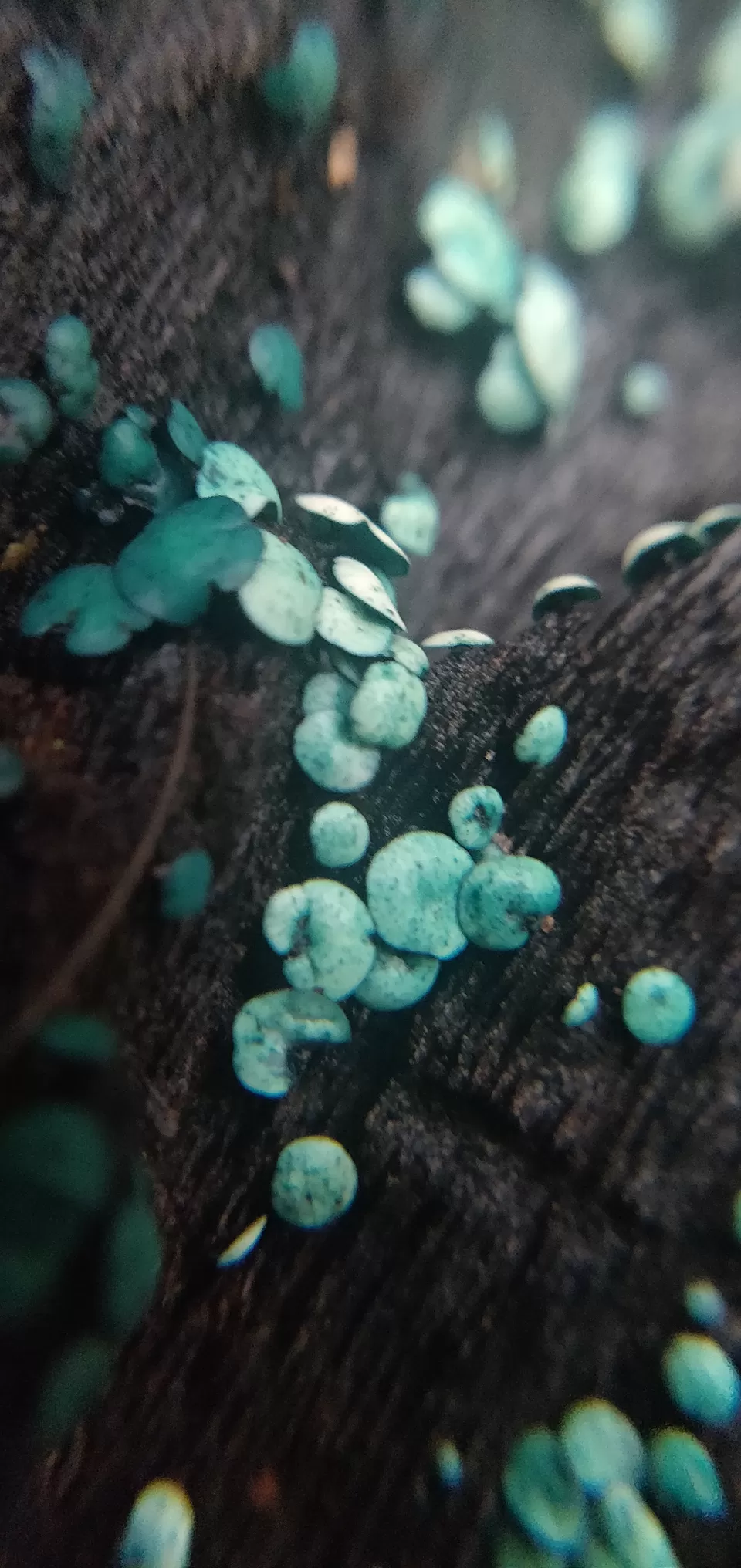




A few minutes later we reached a spot where several moss-covered small stones were standing erect. Our guide told us that this was the place where preparation for rituals was done during the old times. Earlier during the rituals at the forest a bull would be sacrificed and at this spot the men would wait and clean the flesh of the bull. Any preparation for the rituals would be done here. This resting spot is also the last spot from where any member could turn back.

Just a short walk ahead from this spot, we saw several ritual monoliths which signified the actual spot where the rituals and prayer ceremony would take place. The meat of the bull would be boiled without spices in an earthen pot and would be served to all members. These days the sacrificial animal is not bull but a cock and mostly the sacrifices are done at the village itself.

All across the forest you will see overwhelming number of orchids intertwining on stems and branches of trees. There are almost 450 species of plants in this sacred forest out of which there are 25 different types of orchids. Since plants cannot be cut or planted in this area, everything that grows here has cropped up naturally. For any biologist and nature enthusiast this is an absolute nerd paradise. Over the years the locals have worked to extend this forest so that they can use the medicinal herbs from a designated area outside the sacred grove.
Across 56 Himas or Kingdoms in the state, there are almost 215 sacred groves and Mawphlang is the biggest one. The locals are tirelessly working to give protected status to the other sacred groves too in the coming years.
A sustainable farmstay to complete your itinerary
Maple and Pine Farm is a rather special place. It is a small family run operation that runs sustainable on solar and wind energy. There are beautiful double-decker cottages that accommodate up to 3 persons per cottage. There is one twin cottage and two private cottages. The means to sustain are limited and it is important that you stay conscious of the use of resources, be it power or water, during your stay. This is nit a typical bed and breakfast and hosts do not allow a single night stay since a one night stay it is insufficient to explore the region.
Private Cabins cost INR 245o per night
Twin Cabins cost INR 1560 per night
For other details you can write to cp@culturalpursuits.com for more details.




How to get there?
Mawphlang is 26km away from Shillong and hiring a cab to get there will cost you INR 1500 to 1800. You can also opt for a shared cab for INR 70 from Shillong. While planning an itinerary for your trip to Meghalaya, you stay in Shillong for a night and then proceed to Mawphlang sacred forest and stay here at least for two days to explore. You can then proceed to Sohra and visit other popular tourist sites.
Think we missed out on something about the Mawphlang sacred forest? Tell us about it in the comments below. Or write about it here on Tripoto and earn Tripoto Credits! Get answers to all your travel related queries on the go with Tripoto Chat!
Frequent Searches Leading To This Page:-
mawphlang sacred forest shillong, mawphlang sacred forest timings, mawphlang sacred forest entry fee, stay near mawphlang sacred forest, pics of mawphlang sacred forest








